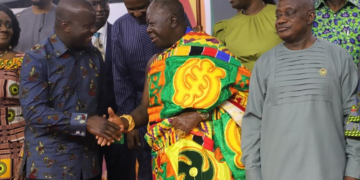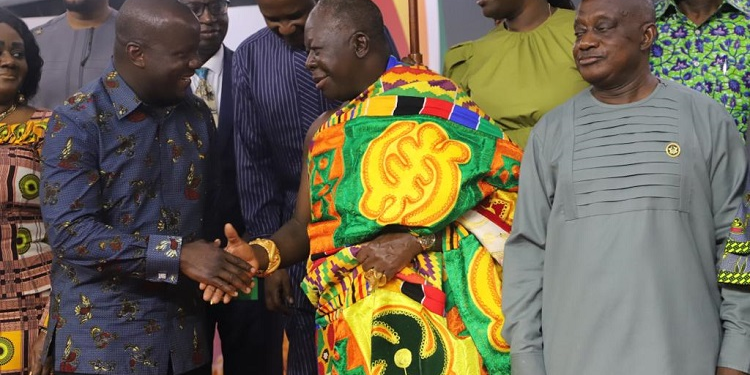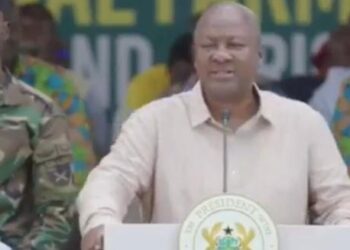The Asantehene Otumfuo Osei Tutu II has officially initiated the Green Ghana Day project for this year in Kumasi and has called upon organizations to take responsibility for their role in the continuous degradation of the environment.
He emphasized that both the chieftaincy and government institutions cannot deny their involvement in the activities of illegal miners operating within their respective jurisdictions.
“If you sit there and say that you don’t know what is happening, then you are not fit to be a chief,” the Asantehene added.
Consequently, the Asantehene has pledged to deal with chiefs who allow illegal mining to fester in their traditional areas without taking any action.
He urged all citizens to support the government to deal with the menace of illegal mining which was fast degrading the country’s land and forest reserves, adding that “I will have to start with my chiefs while the government also deals with the others. We all have to take matters seriously to deal with the menace”.
Also, the Asantehene praised the government for initiating the tree planting project, specifically targeting the reclamation of degraded lands affected by mining and illegal logging, as well as combatting climate change.
The Asantehene mentioned that even prior to the project’s introduction in 2021, he had already initiated a program in 2019 to plant 2.5 million trees around the Bosomtwe Lake. He highlighted his understanding of the vital role trees play in safeguarding water bodies.
Besides their health benefits, the Asantehene acknowledged the significant economic contribution of forests to the country’s development.
The Asantehene appealed to chiefs to lead by example and participate in the Green Ghana project, scheduled for June 9, 2023, by planting trees within their communities.
According to available data, the Ashanti Region has planted the highest number of trees since the project’s commencement in 2021. Out of the nationwide total of 31 million seedlings planted, the Asantehene reported that 7.8 million were planted in this region, with a majority of them thriving and showing positive growth.
The Minister of Lands and Natural Resources, Mr. Samuel Abu Jinapor, used the opportunity to drum home the rationale behind the Green Ghana Project.
The Minister of Lands and Natural Resources, Samuel Abu Jinapor, said the project was instituted as part of measures to “curb the incessant degradation of our forest which has been going on for years without any conscious effort to replace them.
He said within a spate of five years – 2010 to 2015, the country lost a total of 160, 210 hectares of forest cover as compared to 157, 300 hectares of forest cultivated between 1967 to 2016.
Thus, the country lost more forest cover within five years than it planted over the 53 years.
The minister said it had, therefore, become necessary that the government adopted aggressive measures to restore the lost forest cover.
Mr Jinapor expressed appreciation to the Asantehene for his continuous support to the programme since its inception and for leading the project in the region.

































